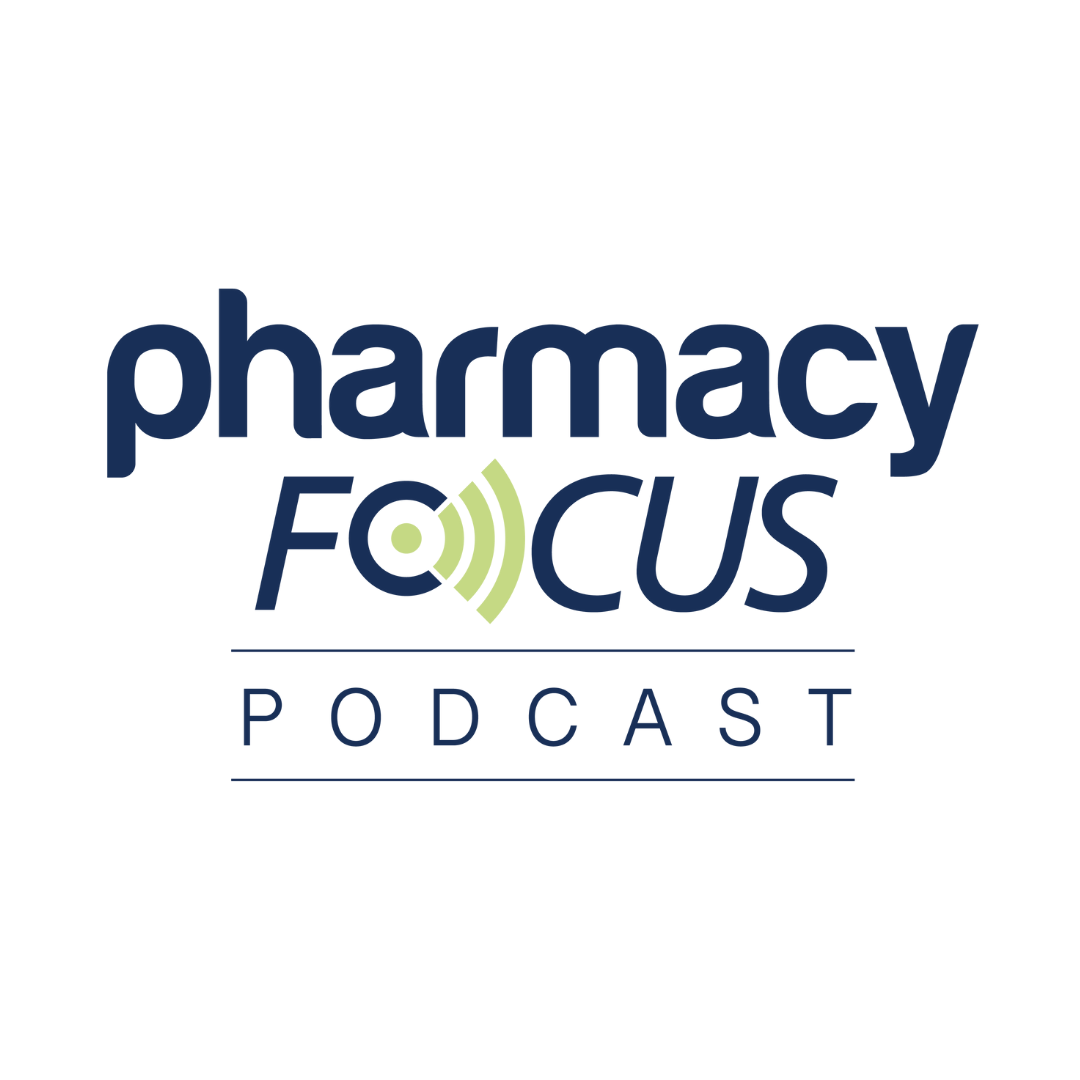News
Article
NLA 2025: Inclisiran With Standard Care Provides Rapid, Sustained Lowering of LDL-C in Patients With Recent Acute Coronary Syndrome
Author(s):
Key Takeaways
- Inclisiran combined with standard care significantly reduces LDL-C levels in post-ACS patients, achieving guideline-directed goals more effectively than standard care alone.
- The VICTORION-INCEPTION trial demonstrated a 45.6% LDL-C reduction with inclisiran versus a 1.4% increase with standard care, highlighting its efficacy.
Building on positive low-density lipoprotein cholesterol (LDL-C)-lowering seen in patients with atherosclerotic cardiovascular disease, inclisiran was found to induce meaningful and sustained LDL-C reductions following recent acute coronary syndrome.
Inclisiran (Leqvio; Novartis), in addition to usual care, was found to induce rapid, meaningful, and sustained attainment of low-density lipoprotein cholesterol (LDL-C) goals of less than 70 mg/dL in patients with recent acute coronary syndrome (ACS), according to results from the VICTORIAN-INCEPTION (NCT04873934) clinical trial that were presented at the National Lipid Association’s 2025 Annual Scientific Sessions, taking place from May 29 to June 1 in Miami, Florida.1,2
Image Credit: © Flowaiart - stock.adobe.com

Inclisiran Stands to Play a Role in LDL-C Management Post-ACS
Previously conducted clinical trials have affirmed inclisiran’s efficacy at reducing LDL-C and helping patients with atherosclerotic cardiovascular disease (ASCVD) meet their cholesterol goals. Data from the V-MONO trial indicated that twice-yearly inclisiran monotherapy in patients at risk of developing ASCVD led to significant reductions in LDL-C. Further, results presented at the 2024 American Heart Association (AHA) Scientific Sessions found that inclisiran was effective at reducing LDL-C while improving adherence among patients with its unique dosing schedule.3,4
However, in many of these past studies, patients with ACS were excluded. It is critical to better elucidate how LDL-C-lowering agents like inclisiran can improve outcomes in this population, especially given 50% of patients in the first year after ACS do not meet guideline-directed LDL-C goals. This is despite their high risk of recurrent ischemic events following ACS. According to the most recent AHA guidance, high-intensity or maximally tolerated statin therapy is recommended following ACS to attain LDL-C levels below 70 mg/dL.5,6
Investigators of the current study thus initiated VICTORION-INCEPTION, which was the first prospective, randomized clinical trial to assess the LDL-C-lowering effects of inclisiran combined with standard care in patients who were discharged from the hospital for ACS 5 weeks or less before screening in a mimicked real-world clinical practice setting. They compared the efficacy and safety of inclisiran with that of usual care alone, which included statin therapy and non-statin lipid-lowering therapy (LLT).1
A total of 400 participants were randomized to receive inclisiran with usual care or usual care alone. Baseline characteristics between each cohort were similar, and among the entire population, the median time from discharge to initiating study treatment was 34.0 days.1
Meaningful Reductions in LDL-C Observed With Inclisiran
At the day 330 follow-up point, there were significantly more participants that achieved LDL-C levels below 70 mg/dL, a co-primary end point of the trial, and levels less than 55 mg/dL, a secondary end point, with inclisiran and standard care versus standard care alone. Furthermore, there were differences in LDL-C goal attainment between each arm from the first post-baseline visit at day 90; 74.6% of participants in the inclisiran and usual care cohort reached LDL-C levels less than 70 mg/dL, according to the investigators.1
Furthermore, when examining actual percentages of LDL-C lowering, treatment with inclisiran and usual care led to meaningfully greater LDL-C lowering compared with usual care alone, with a 45.6% reduction from baseline at day 330 versus a 1.4% increase, resulting in a difference of -46.9% (97.5% CI, 55.4 to -38.5; P < .001). Investigators also analyzed concomitant LLT use, and in both study arms, the use of high-intensity statin therapy decreased from baseline. Additionally, use of statin combination therapy was heightened in the usual care arm from baseline (8.1%) to day 330 (22.2%), while it remained unchanged in the inclisiran and usual care arm.1
In an important development, there was a similar occurrence of adverse events (AEs) between treatment arms. In the inclisiran with usual care arm of the trial, most treatment-related AEs were observed as mild-to-moderate injection site reactions.1
‘VICTORION-INCEPTION demonstrates that early initiation of inclisiran after ACS provides a novel strategy to increase the number of patients at high risk of recurrent cardiovascular events achieving LDL-C goals,” the study investigators concluded.1
REFERENCES
1. Knowlton KU, Navar AM, Anderson JL, et al. LDL-C management with inclisiran plus usual care vs usual care alone in participants with recent acute coronary syndrome: VICTORION-INCEPTION. Presented at: National Lipid Association’s 2025 Annual Scientific Sessions; May 29-June 1, 2025; Miami, Florida.
2. ClinicalTrials.gov. Management of LDL-cholesterol With Inclisiran + Usual Care Compared to Usual Care Alone in Participants With a Recent Acute Coronary Syndrome (V-INCEPTION). National Library of Medicine. Last Updated February 13, 2025. Accessed May 28, 2025. https://clinicaltrials.gov/study/NCT04873934
3. Antrim A. AHA 2024: Inclisiran shows efficacy, improved adherence for reducing LDL-C. Pharmacy Times. Published November 17, 2024. Accessed May 28, 2025. https://www.pharmacytimes.com/view/aha-2024-inclisiran-shows-efficacy-improved-adherence-for-reducing-ldl-c
4. Halpern L. Twice yearly inclisiran demonstrates meaningful LDL-C lowering in patients with ASCVD risk. Pharmacy Times. Published August 30, 2024. Accessed May 28, 2025. https://www.pharmacytimes.com/view/twice-yearly-inclisiran-demonstrates-meaningful-ldl-c-lowering-in-patients-with-ascvd-risk
5. Alanezi M, Yan AT, Tan MK, et al. Optimizing post-acute coronary syndrome dyslipidemia management: Insights from the North American Acute Coronary Syndrome Reflective III. Cardiology. 2024;149(3):266-274. doi:10.1159/000536392
6. Rao SV, O’Donoghue ML, Ruel M, et al. 2025 ACC/AHA/ACEP/NAEMSP/SCAI Guideline for the Management of Patients With Acute Coronary Syndromes: A Report of the American College of Cardiology/American Heart Association Joint Committee on Clinical Practice Guidelines. JACC. 2025. Epublished. doi:10.1016/j.jacc.2024.11.009
Newsletter
Stay informed on drug updates, treatment guidelines, and pharmacy practice trends—subscribe to Pharmacy Times for weekly clinical insights.





